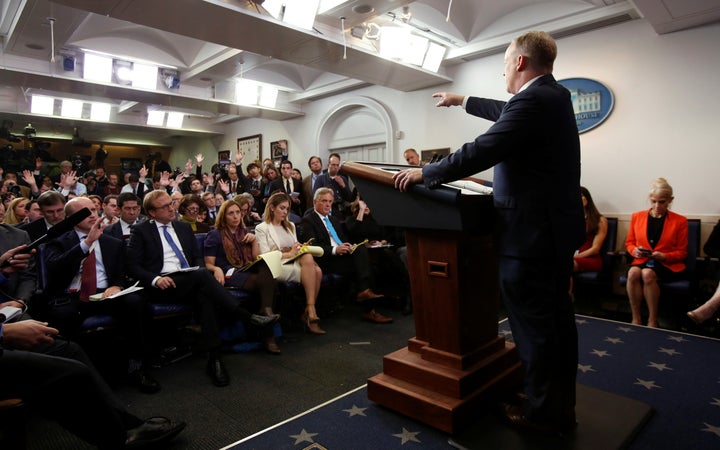
Words such as “adversarial” and “contentious” have been used recently to describe the relationship that should exist between journalists and the Trump administration.
Dozens of television commentators attempt to justify the antagonistic, opinionated approach to coverage of the new President of the United States by contending that journalists are merely doing their jobs.
As a newspaperman for more than 40 years, including time as the city editor of a large daily, I disagree. At least when it comes to news coverage.
Reporters have an obligation to objectively present both sides of every news story.
That involves healthy skepticism and challenging inquisitiveness to uncover, as Paul Harvey famously said, “the rest of the story. “
Gathering all the facts is good reporting. Laying out those facts—all of them—in a thorough, dispassionate story completes the reporter’s work.
Openly expressing disagreement in print or on the air—being “adversarial” or “contentious”—should be the exclusive realm of columnists, commentators, editorialists and others who make no pretense about “objective reporting.”
Sadly, this line is not recognized in the White House Briefing Room, nor among the members of the White House press corps. Most questions are argumentative and tinged with a point of view instead of truly in search of “the rest of the story.”
This abandonment of basic journalistic practice extends not only to the so-called “mainstream media” but well beyond.
And therein lies the problem.
In the absence of a thriving daily press—defined as economically viable competing daily newspapers in most major cities—America is left poorly served with the following self-serving clutter:
the “adversarial” and “contentious” advocacy of network and cable television programs that must think “good TV” (i.e. controversy and debate) first;
a plethora of slanted websites and blogs that color everything in the hues of their political leanings;
blogs and social media that are no better; and
the few remaining daily newspapers of stature, which can’t keep opinion off their front pages.
The political polarization of America is a lot like the international arms race. No media segment can afford to emphasize solid, straightforward reporting while others continue to feature sensational and provocative commentary.
And that should be a cause for alarm no matter which political party or candidate you favor.
I have bristled every time I’ve heard Sean Hannity declare that “journalism is dead in America,” because I know that hundreds of reporters across the nation are still practicing the fundamentals of real journalism as they cover local news.
But I’m beginning to believe that he’s partially right. Political journalism is at least dying in America.